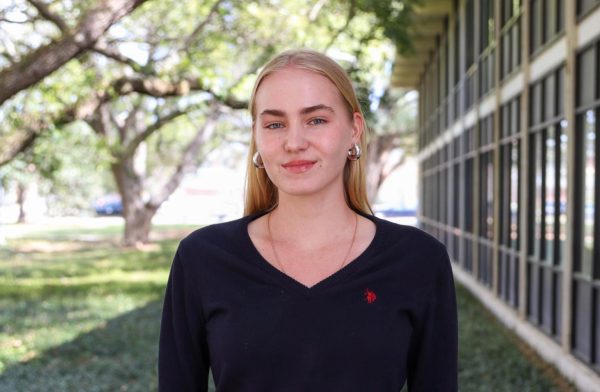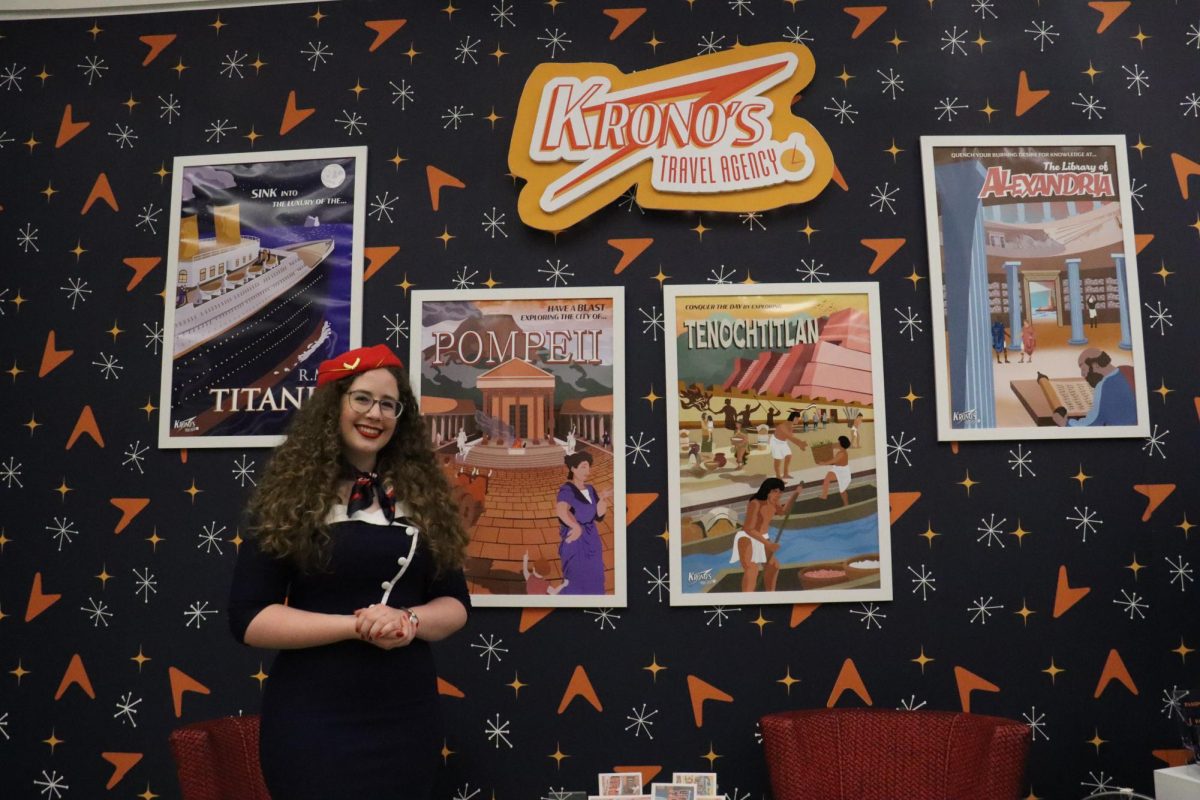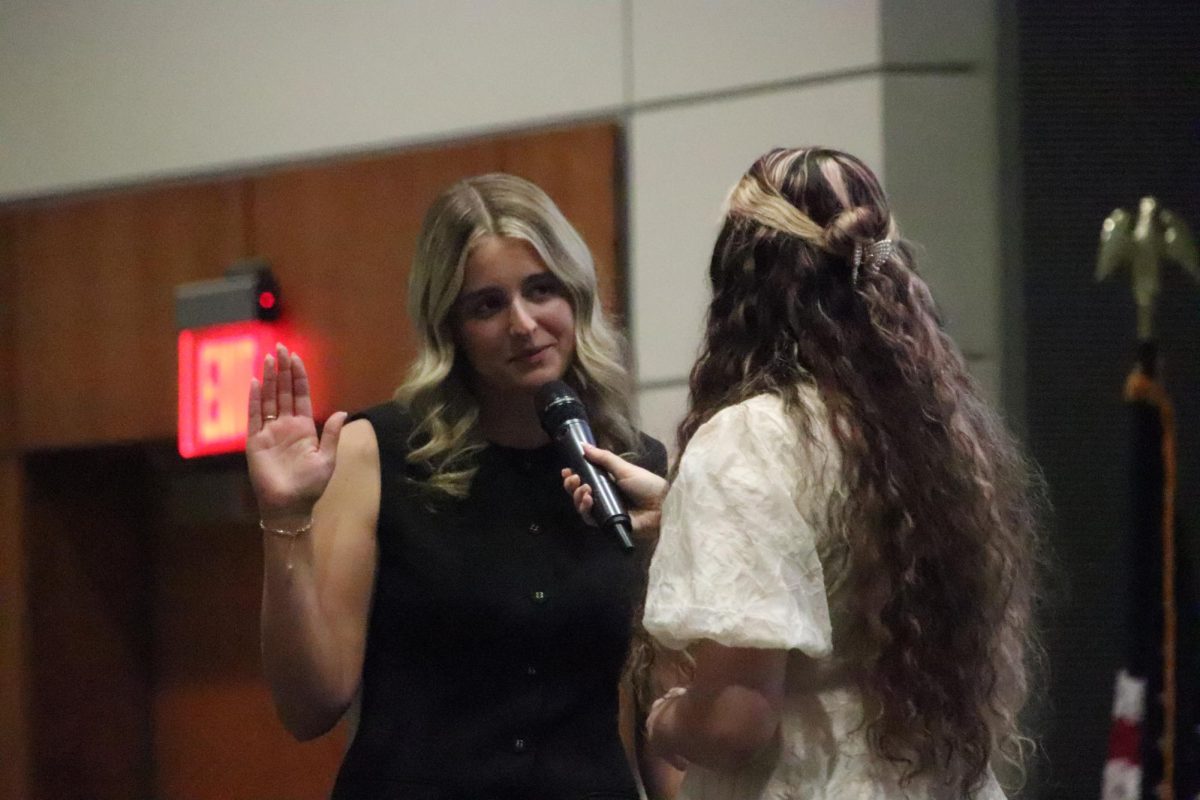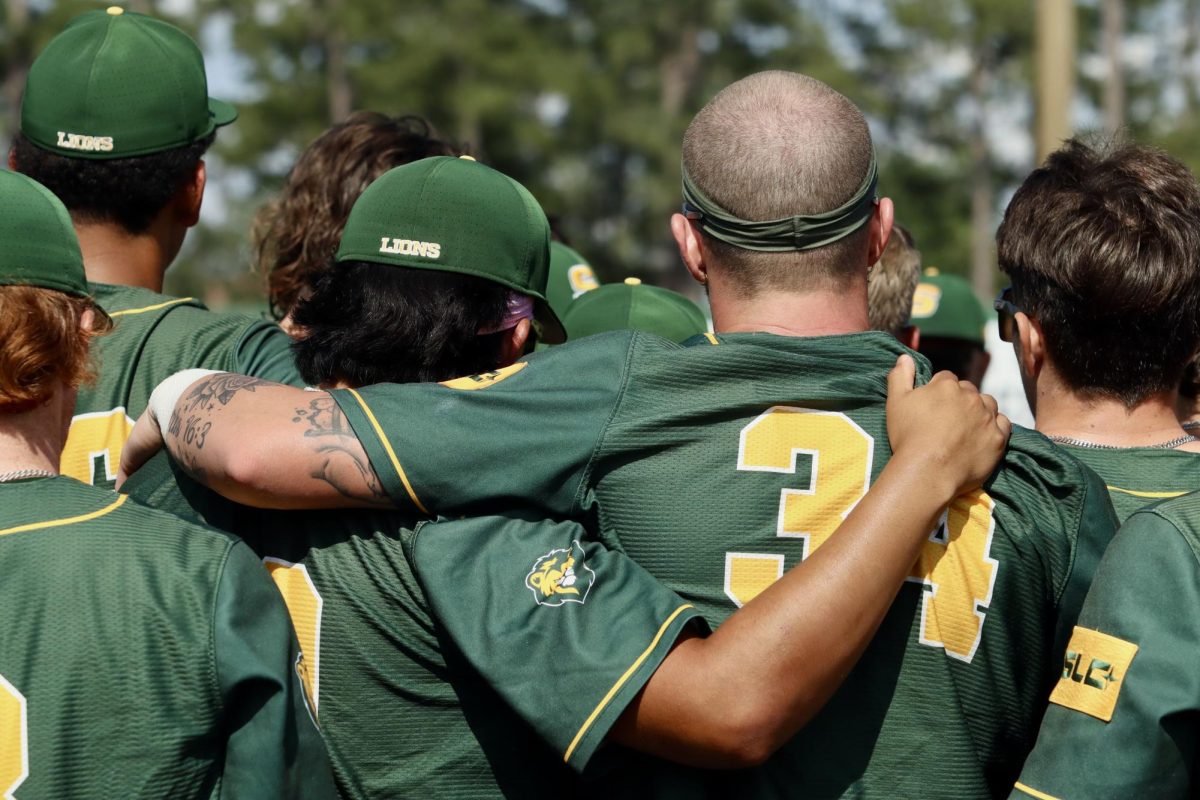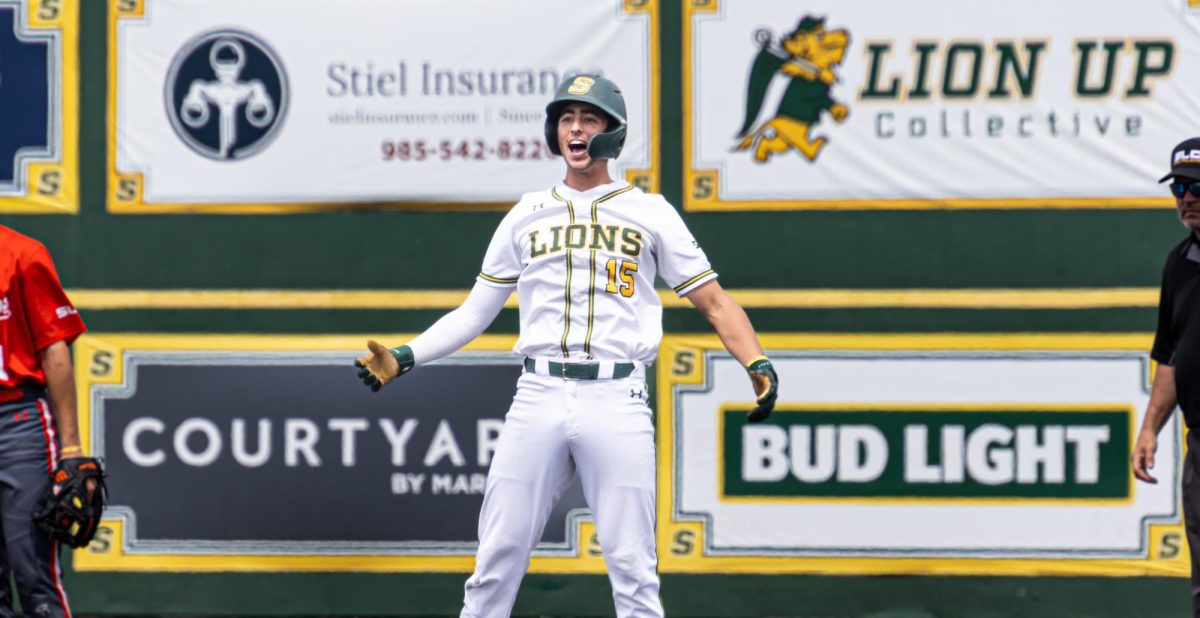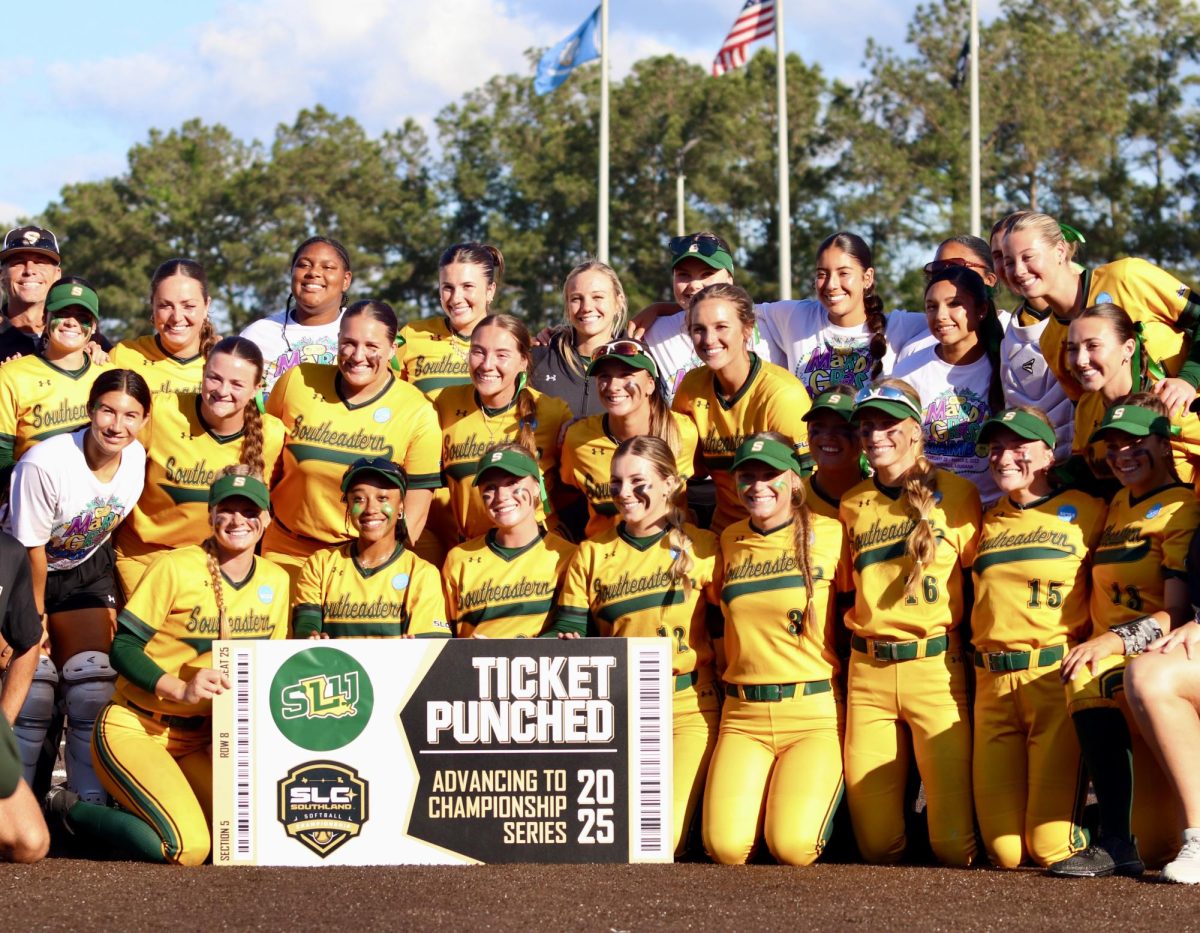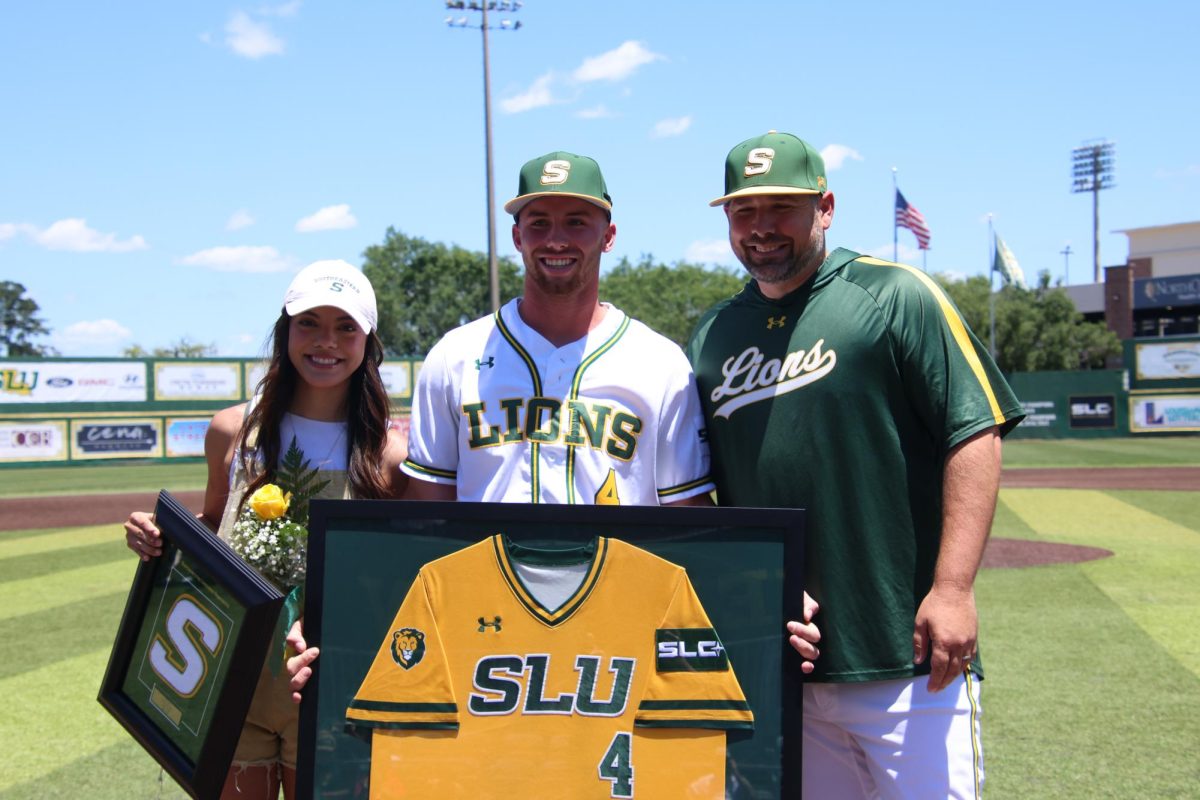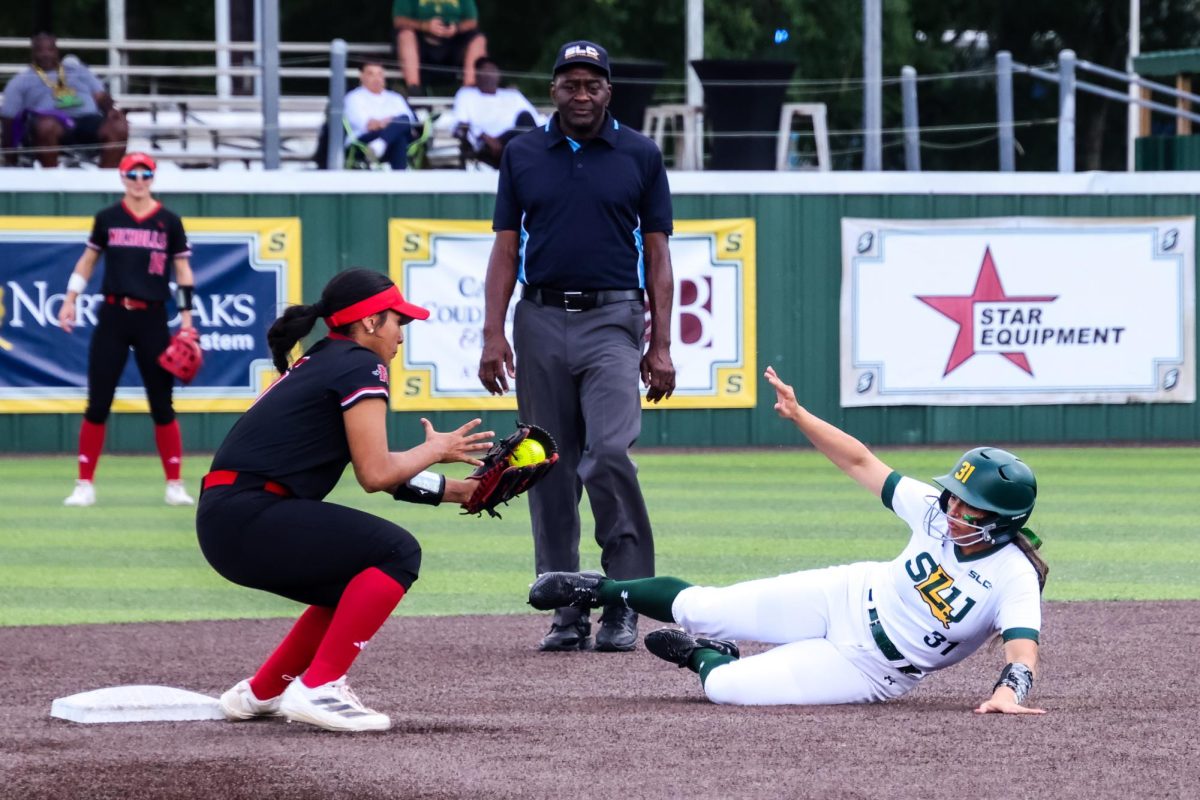|
Getting your Trinity Audio player ready...
|
On March 18, the Tinsley Learning Center launched the Stellar VR Learning Lab. Tinsley held an event to unveil the new lab, and attendees learned more about VR technology.
The event marks the official introduction of VR technology for student learning, particularly benefiting anatomy, nursing and zoology students. The lab provides VR headsets for on-site study sessions, allowing students to explore 3D models of the human body.
President William Wainwright shared his excitement about implementing VR into the Southeastern education program, embracing the fact that its new technologies are pushing us beyond.
In his remarks at the event, Dr. Wainwright said, “I can’t wait to watch our students thrive in this environment and see the continuation of these innovations.”
The main goal of the Stellar VR Learning Lab event was to raise awareness of VR as a valuable educational tool beyond gaming. While VR headsets have been used since the semester began, this event aims to promote their academic potential.
Brooke Saunier, a graduate assistant studying strategic communications, discussed the launch of the VR Learning Lab and its benefits for students.
“VR is such an underrated resource, especially in academics. People assume it’s just for gaming, but it can be a powerful learning tool for everyone,” Saunier said.
The VR learning experience offers an interactive and immersive alternative to traditional study methods, making complex subjects more engaging and accessible. The headsets come preloaded with educational apps, simplifying student access; they can be checked out with a valid school ID.
Tinsley’s website provides a page full of AI resources among all tutoring resources on campus.
Ann Carruth, the Dean of the College of Nursing and Health Sciences, shared her experience with VR in education.
She found it an immersive and effective tool for studying the human body, allowing users to visualize bones and structures in a way books cannot provide.
“With VR, students can visualize how the heart beats and how electrical impulses function, things that are difficult to grasp from textbooks alone,” Carruth noted.
VR also benefits professors by allowing them to integrate advanced learning tools into their teaching methods.
“VR is the future of learning,” Carruth said.
Laici Edrington, a communication sciences and disorders major, is a Level 2 certified tutor at Tinsley.
During her tutoring sessions, she introduces students to VR technology, particularly for anatomy labs, as a fun and effective learning tool. She finds most students are eager to try it once they learn about it.
“I like to do it towards the end of my session, so it’s like a fun little motivator for the students,” Edrington noted.
The Tinsley Tutoring Center sees VR as a powerful educational tool that enhances learning, particularly for subjects requiring memorization and spatial understanding. While it is still a relatively new addition to the learning center, they are excited about its potential and encourage more students to take advantage of it.



